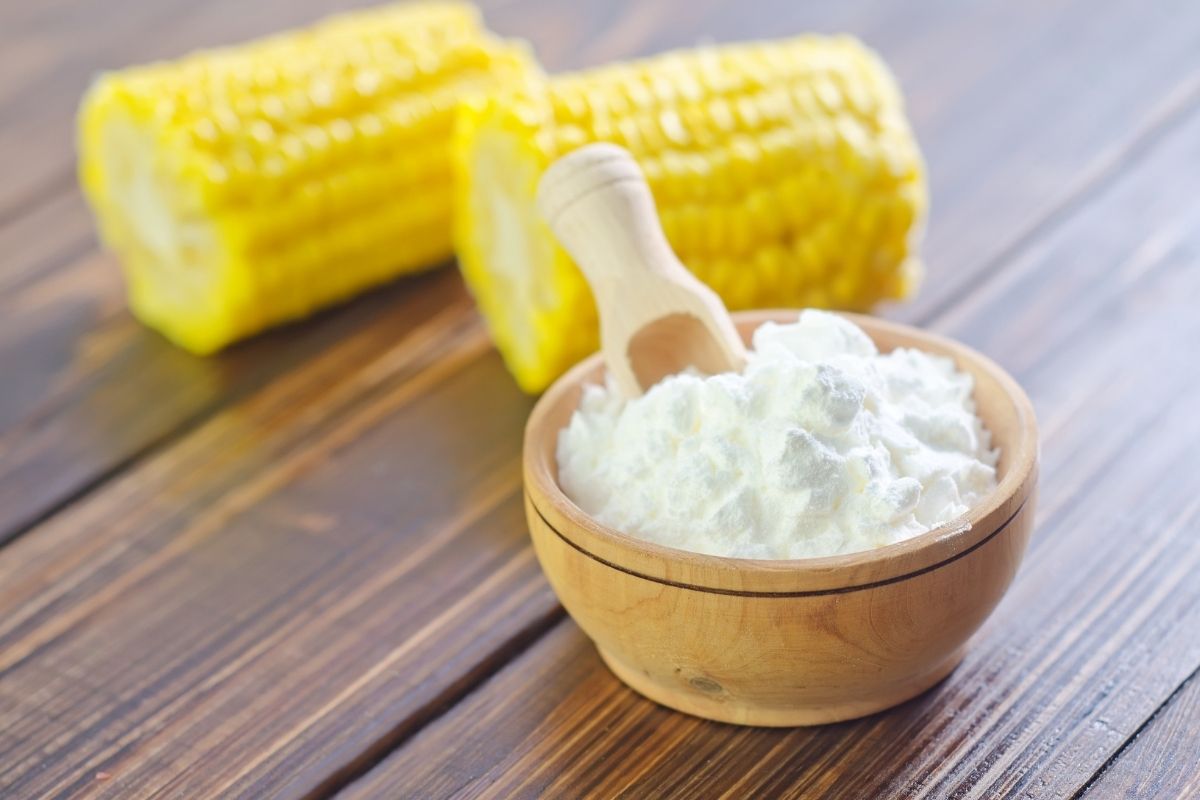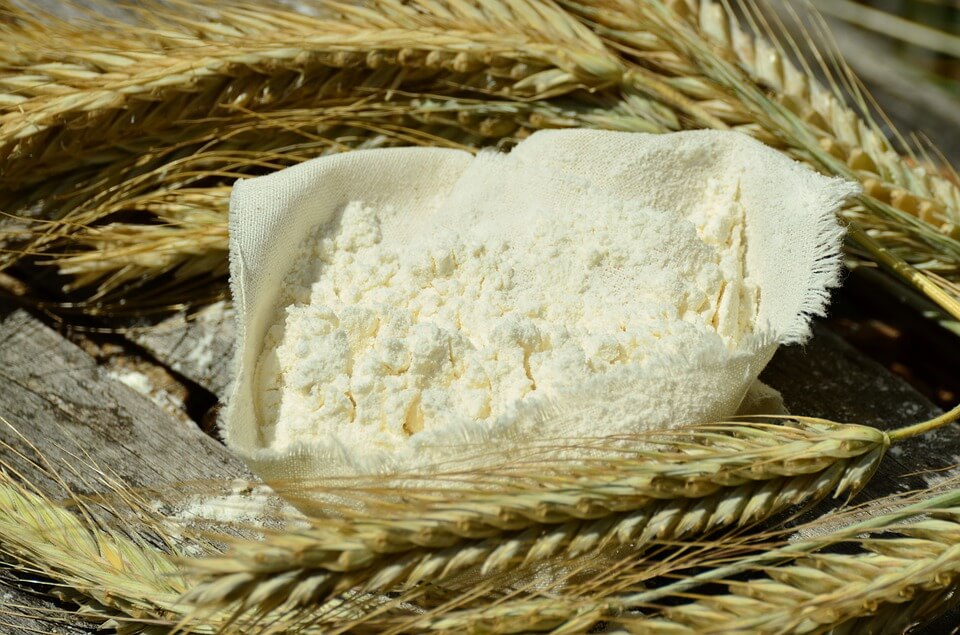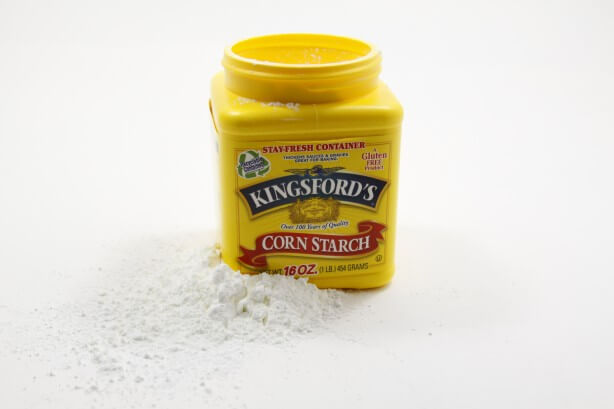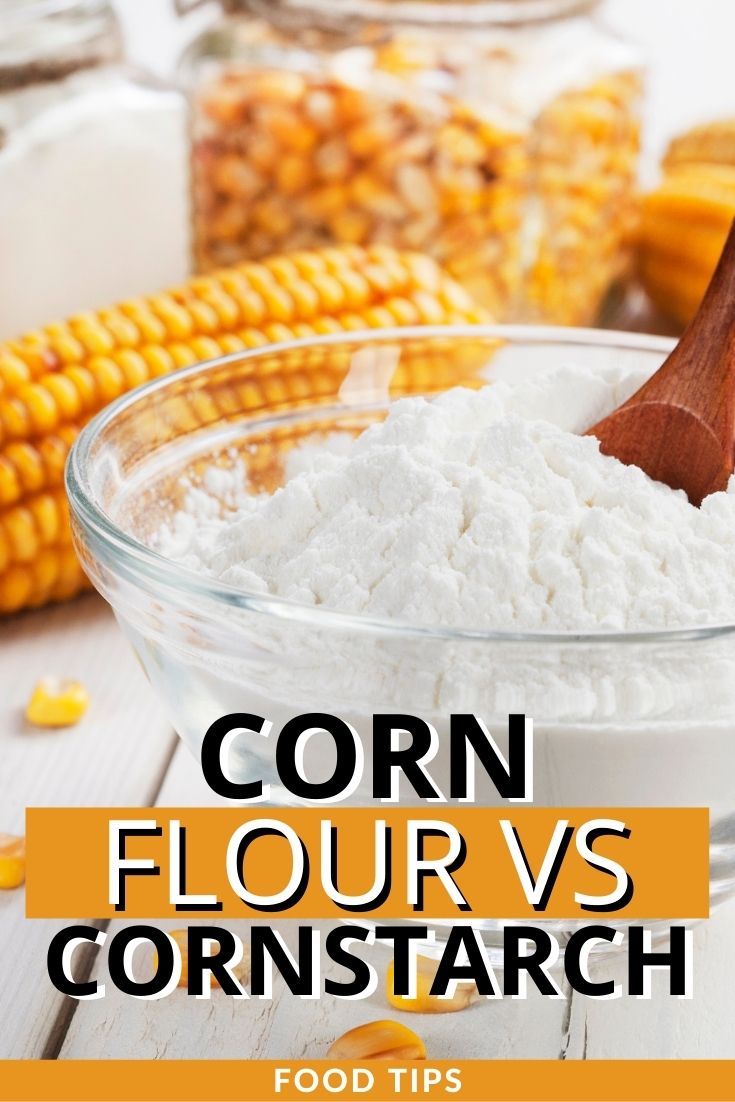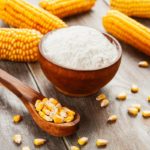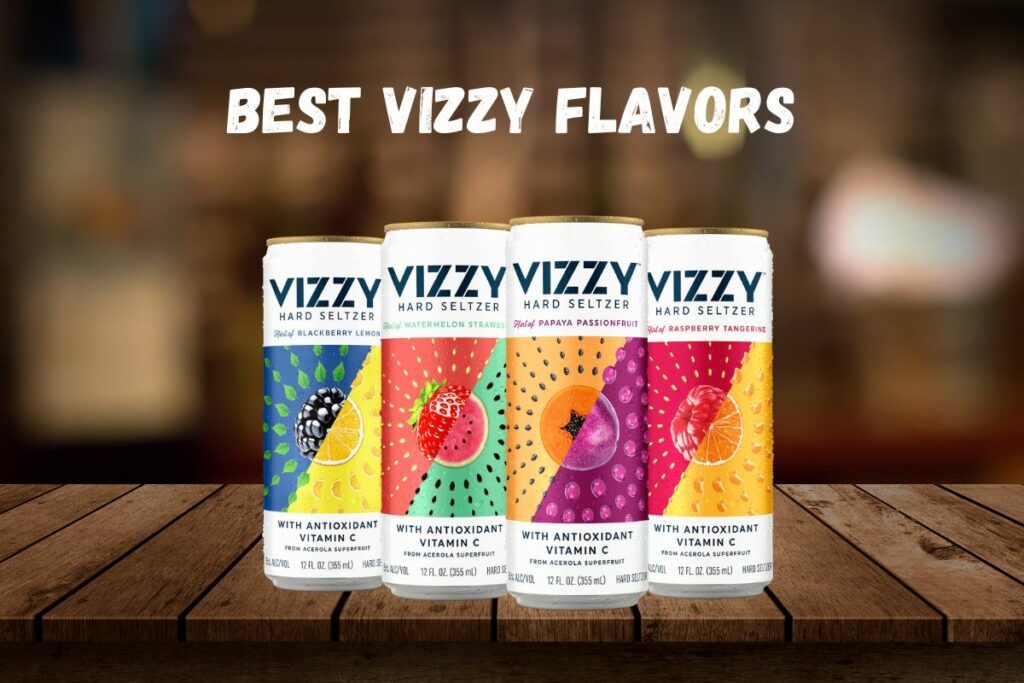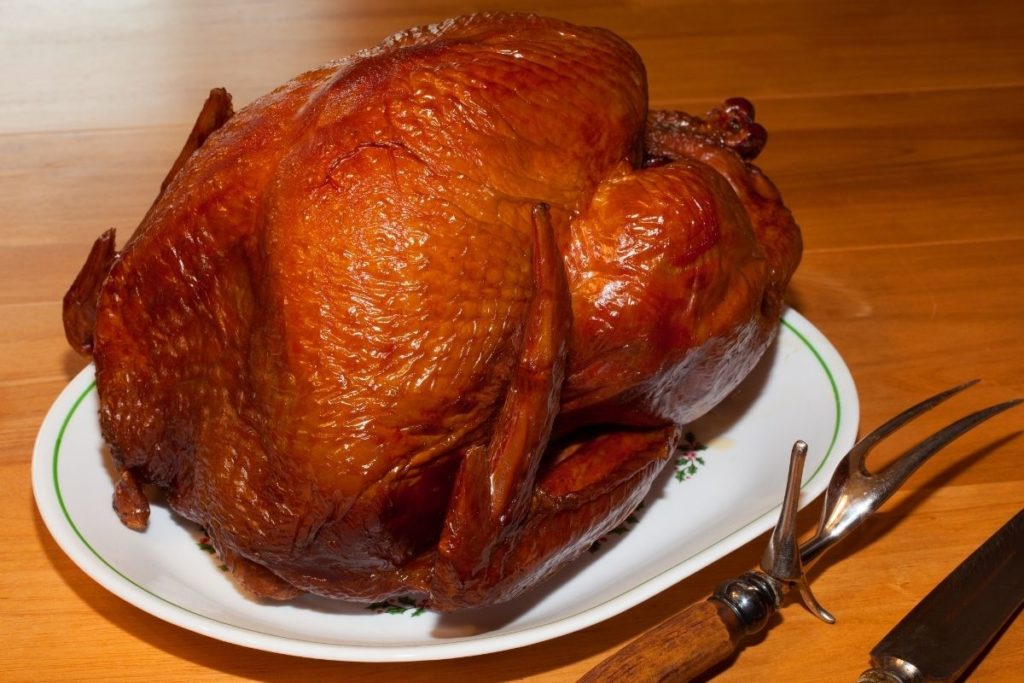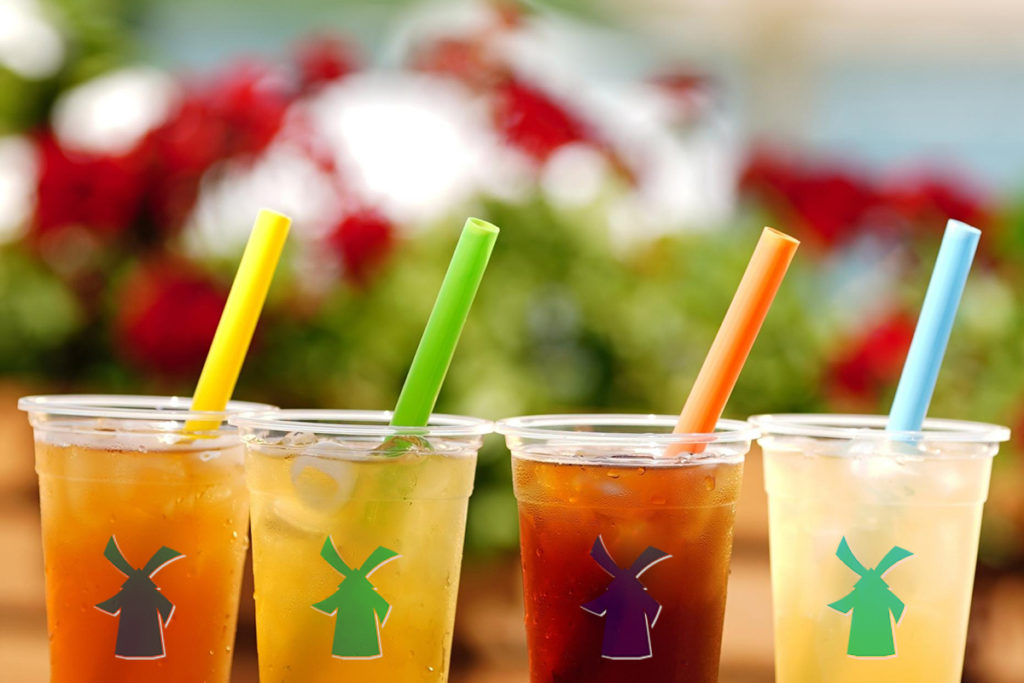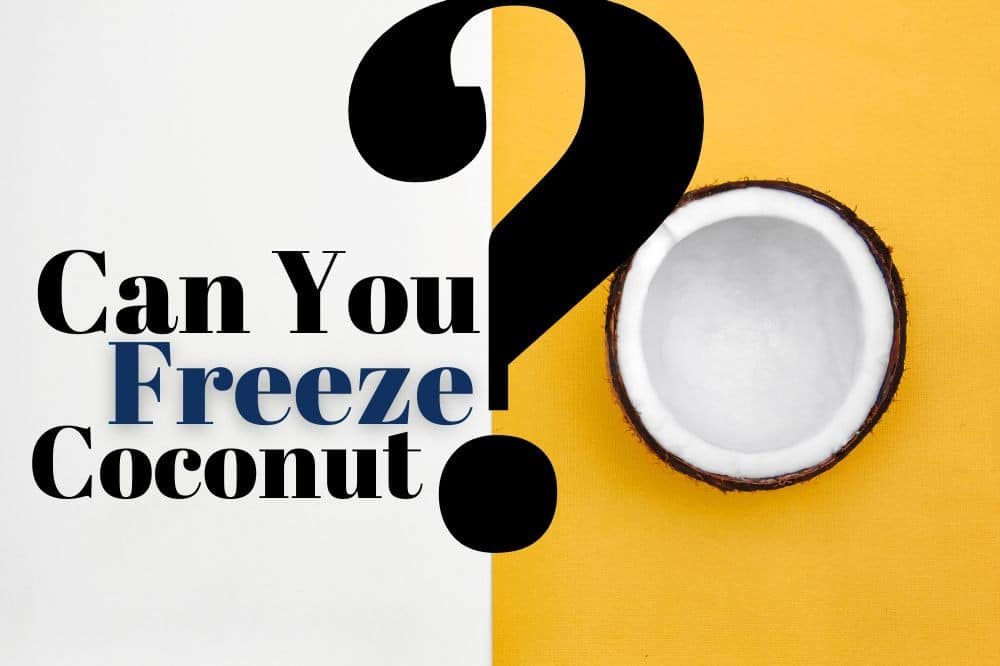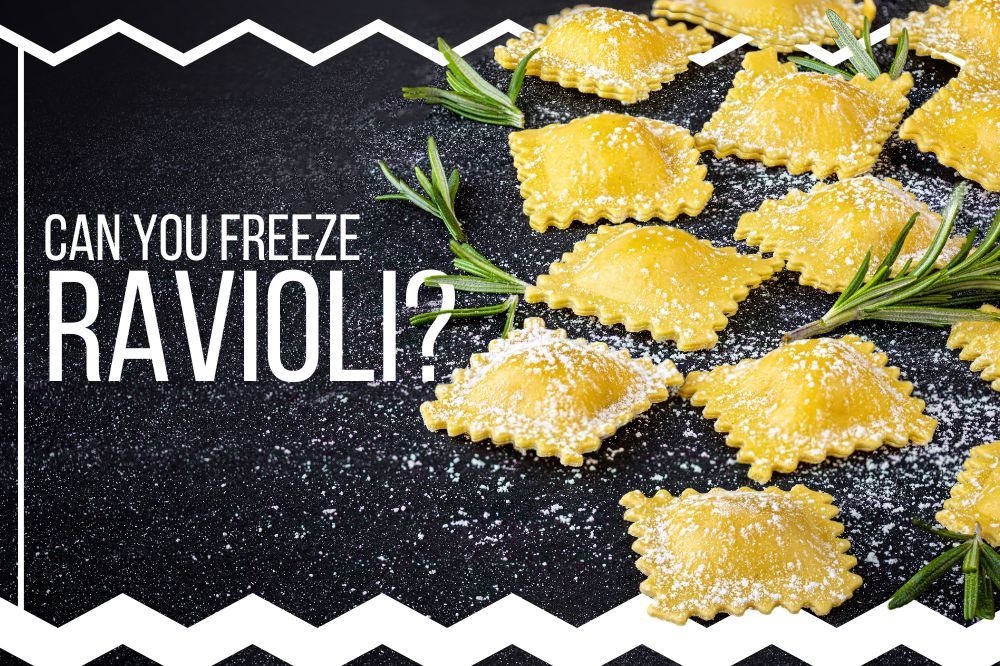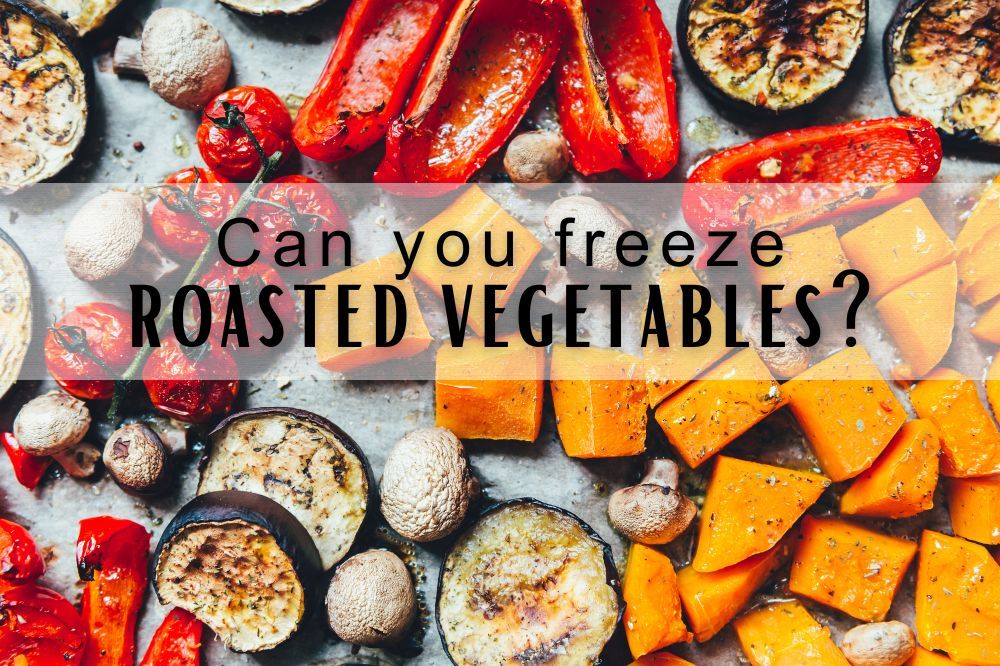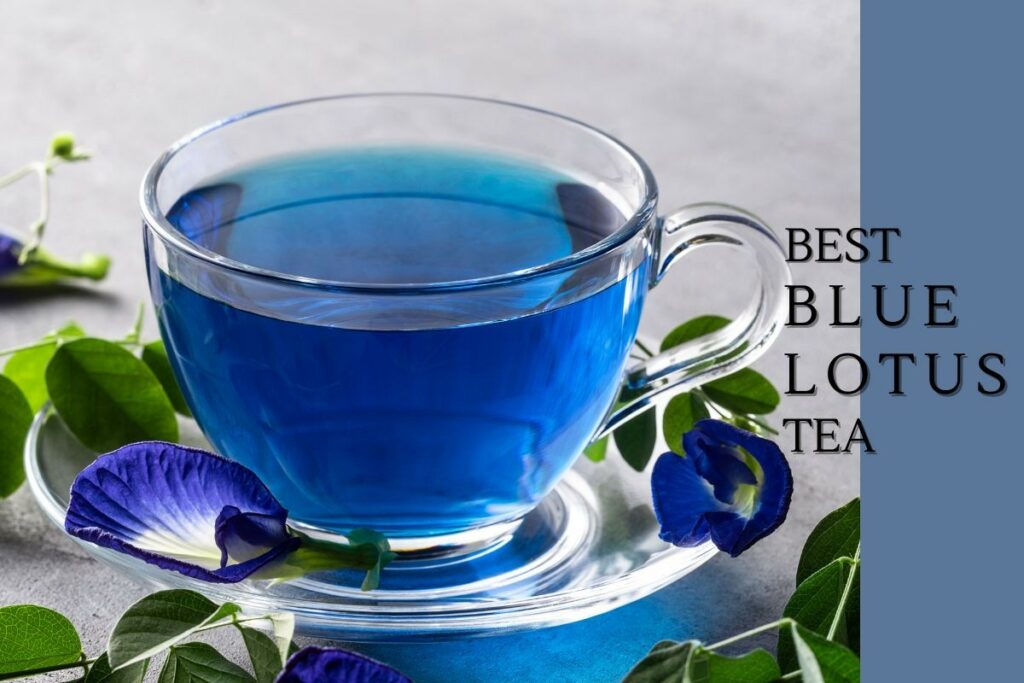Corn Flour vs. Cornstarch: What is the Difference? (2024)
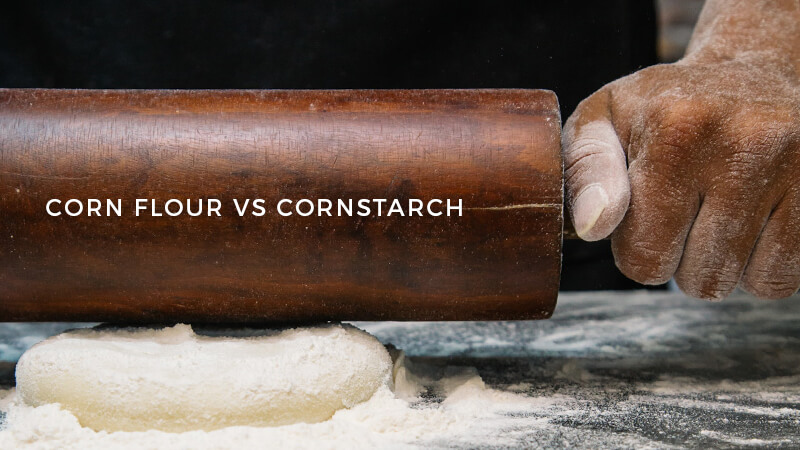
Curious what the difference between corn flour and cornstarch. Stick around as we discuss this topic…
From thickening sauces to achieving a mighty crunch, there’s no denying that cornflour and cornstarch are two primary agents that can ensure a dish’s success.
Chefs and homemakers alike sing praises for these kitchen heroes – in short, there’s nothing corn flour and cornstarch cannot fix. If you’re a culinary enthusiast, you will certainly know the difference between these two.
However, those who are new to the game may have a hard time differentiating which is which. After all, to an undiscerning eye, both cornflour and cornstarch can look virtually identical.
Despite both having corn as the main ingredient, these kitchen staples differ greatly from one another.
Ready to find out what both have to offer? Read on and you’ll find a fascinating world that’s sure to clue you into their subtle differences.
What is Corn Flour?
In a nutshell, corn flour is a type of flour that is made from finely-milled corn kernels. Depending on the corn’s color, it can either come in yellow, white, or even blue.
Normally, this type of flour contains more than just dried corn kernels. It also contains the germ, hulls, and endosperm of the corn, which is what makes it whole-grain flour.
Because it is made with corn kernels, it possesses nutrients such as fiber, protein, and starch, as well as other vitamins and minerals.
Made into a fine powder, cornflour has a smooth and fine texture.
Though not consumed on its own, cornflour tends to take on a sweet, earthy flavor that closely mirrors the actual taste of corn when cooked.
Considered a versatile ingredient, corn flour can be used for baking, frying, and grilling.
What is Cornstarch?
Though similar in appearance, cornstarch is wholly different from corn flour.
Taking on a white, chalky appearance, cornstarch consists only of the endosperm of the corn kernels. This makes cornstarch devoid of added protein, fiber, and other nutrients.
Once the starches inside the endosperm are removed, they are thoroughly cleaned and dried.
After this, it undergoes a milling process until it becomes fine in texture.
White and flavorless, cornstarch adds more texture than taste to a dish. As such, it is used as a thickening agent in gravies, sauces, soups, and other dishes.
Similarities and Differences Between Corn Flour and Cornstarch
Apart from the process of making cornflour and cornstarch, the main differences lie in the tastes, textures, and even health benefits they offer.
One similarity they share: they are both gluten-free.
Gluten is a type of protein typically derived from oat-based sources, such as wheat, rye, barley, and the like.
Because of this property, both cornflour and cornstarch make great options for individuals suffering from celiac disease or for general use in gluten-free baking and cooking.
Despite this similarity, these two ingredients cannot be used interchangeably.
Due to its rich protein-filled properties, you can use cornflour to bake bread, pastries, and other similar starches.
The fine and smooth texture of cornflour results in an airy and less crumbly outcome. It may also be used in recipes where cornmeal is used.
On the other hand, because cornstarch does not contain protein and other similar nutrients, it will not hold up well in baking.
Instead, it has the ability to thicken up mixtures.
In fact, it is often touted as having twice the thickening capacity of normal wheat flour.
Use cornstarch to thicken sauces and stews, mixing it with hot liquid to avoid forming clumps.
Labeling Matters
In the United States, corn flour and cornstarch are labeled correctly and this is prevalent in supermarkets and grocery stores nationwide.
Elsewhere, the names are still used interchangeably, as seen in the United Kingdom. In the U.K., cornstarch and corn flour are actually considered the same product.
The Bottom Line
Corn flour and cornstarch are two of the most common kitchen and household items today.
Although these two ingredients bear similarities in appearance and texture, the differences between these two make them truly stand out from the crowd.
Now that you know the similarities and differences between corn flour and cornstarch, you can avoid kitchen disasters by knowing which product to reach for the next time you make a dish.
Print5 Best Corn Starch Recipes
Check out these great Corn Starch Recipes that have been shared on Pinterest.
Ingredients
Instructions
- Click on each link above to view the pin and recipe.
- Obtain all the necessary ingredients to make the recipe.
- Follow the steps to create your dish.
- Enjoy your delicious meal =)
you may also like
well hello there!

Hi, I'm Linda thanks for stopping by! We're so happy you're here. If you're a foodie and love to cook from home - you're in the right place..
LEARN MORE
free newsletter
Join the mailing list and receive our free newsletter!
recent posts
let's be social
search site
Recipe Marker
Recipe Marker provides you with the best information about home cooking tips, recipes, ingredient substitutes and more. Check out our blog to see the latest articles.
Copyright © 2024 Recipemarker.com | All Rights Reserved | Privacy | Disclaimer | Contact
